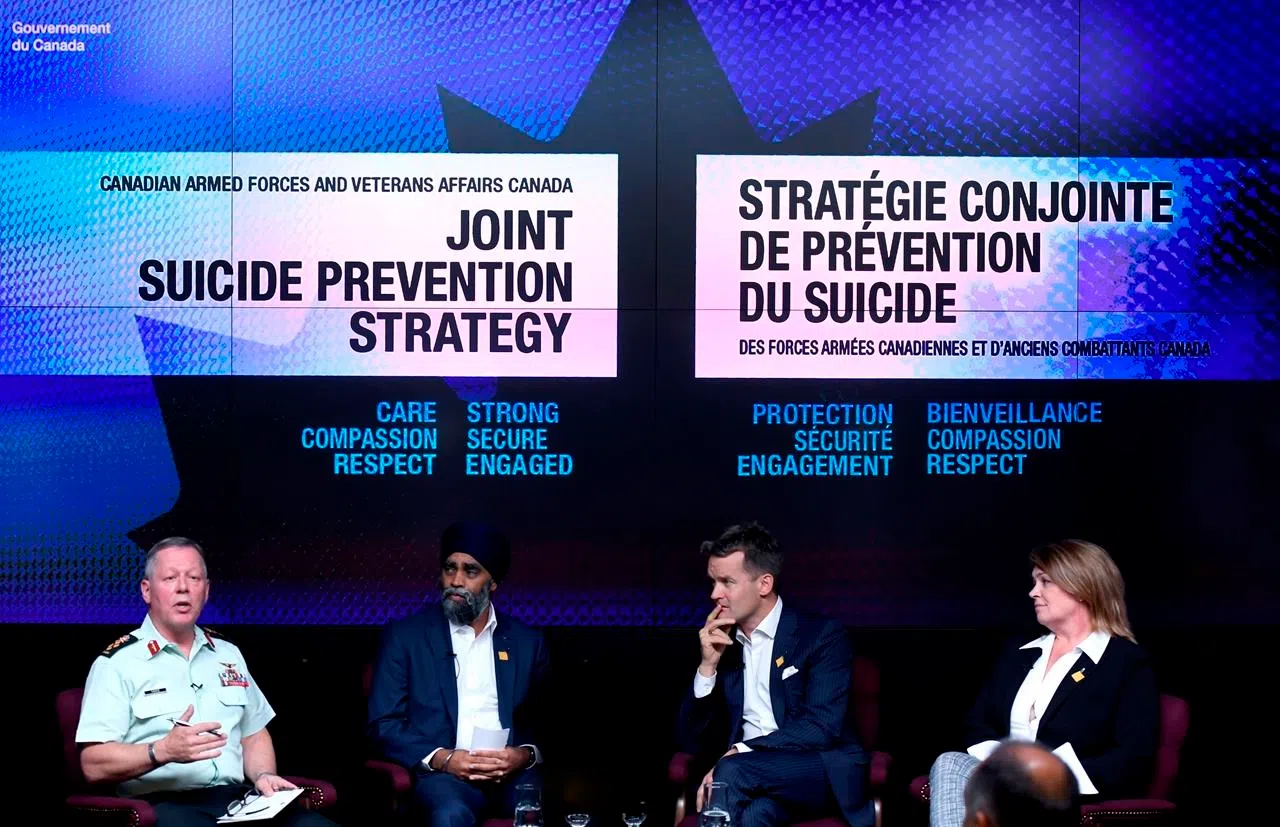
Feds unveil plan to help reduce number of military, veteran suicides
OTTAWA — The federal government is promising to improve the services and support available to military personnel and veterans in hopes of reducing the number of suicides among those who have served in uniform.
The initiatives are outlined in a new suicide prevention strategy released Thursday that follows concerns about the number of service members and veterans who have killed themselves in recent years.
They include retired corporal Lionel Desmond, an Afghan war veteran who sought treatment for PTSD before shooting and killing three family members in Nova Scotia and then taking his own life in January.
“Nobody has all the answers,” Veterans Affairs Minister Seamus O’Regan said as he unveiled the new plan with Defence Minister Harjit Sajjan and chief of defence staff Gen. Jonathan Vance.


